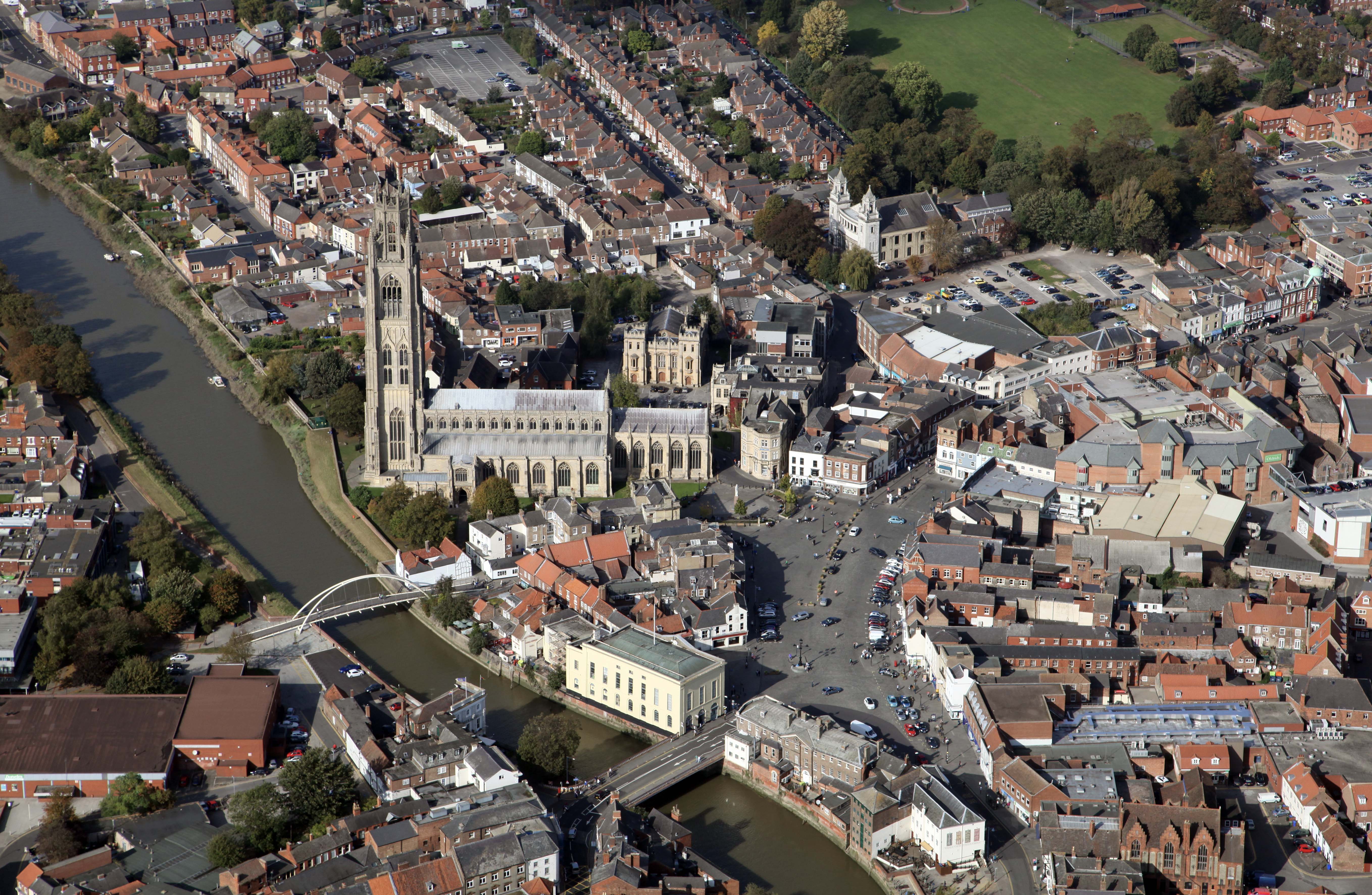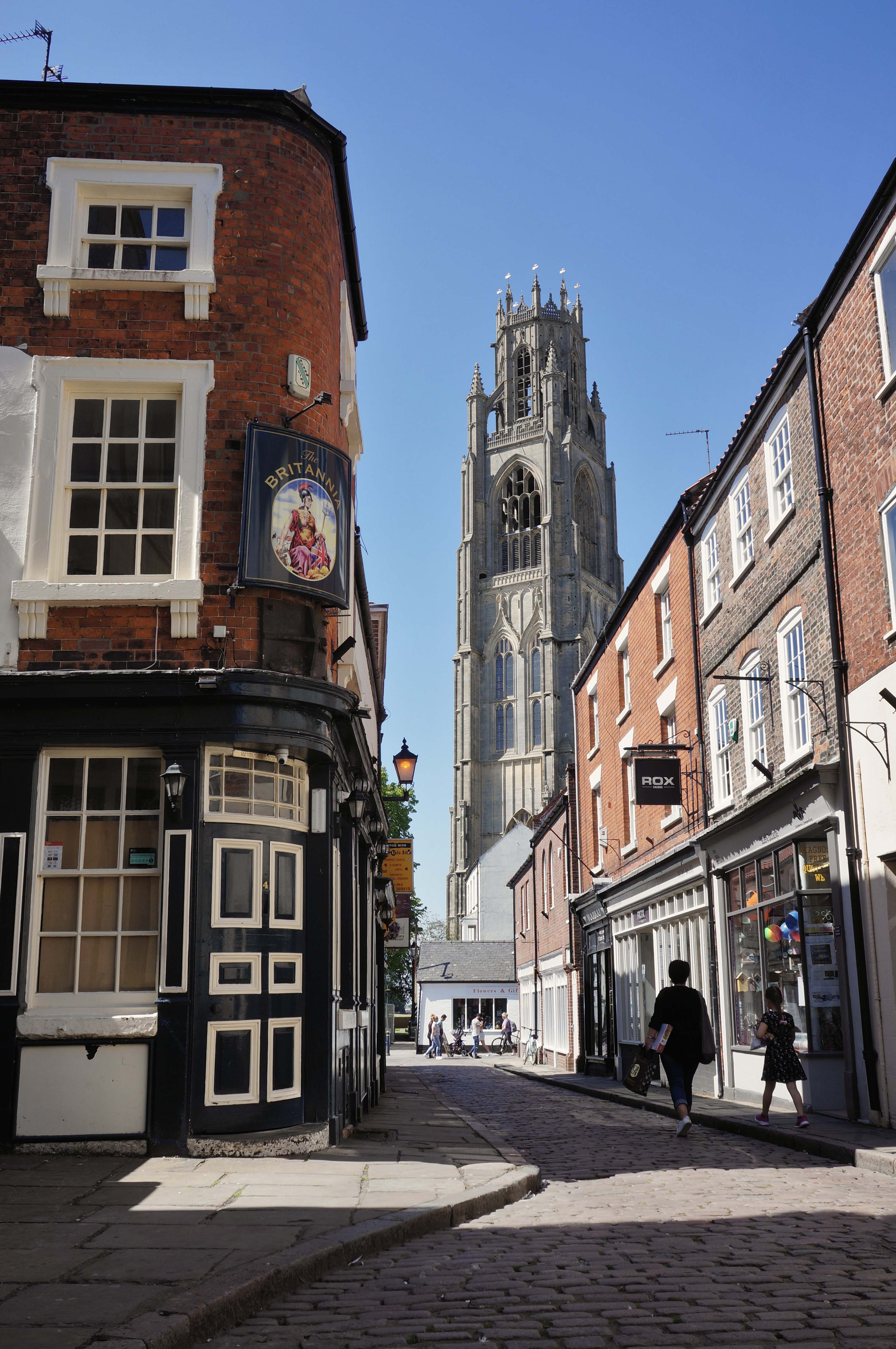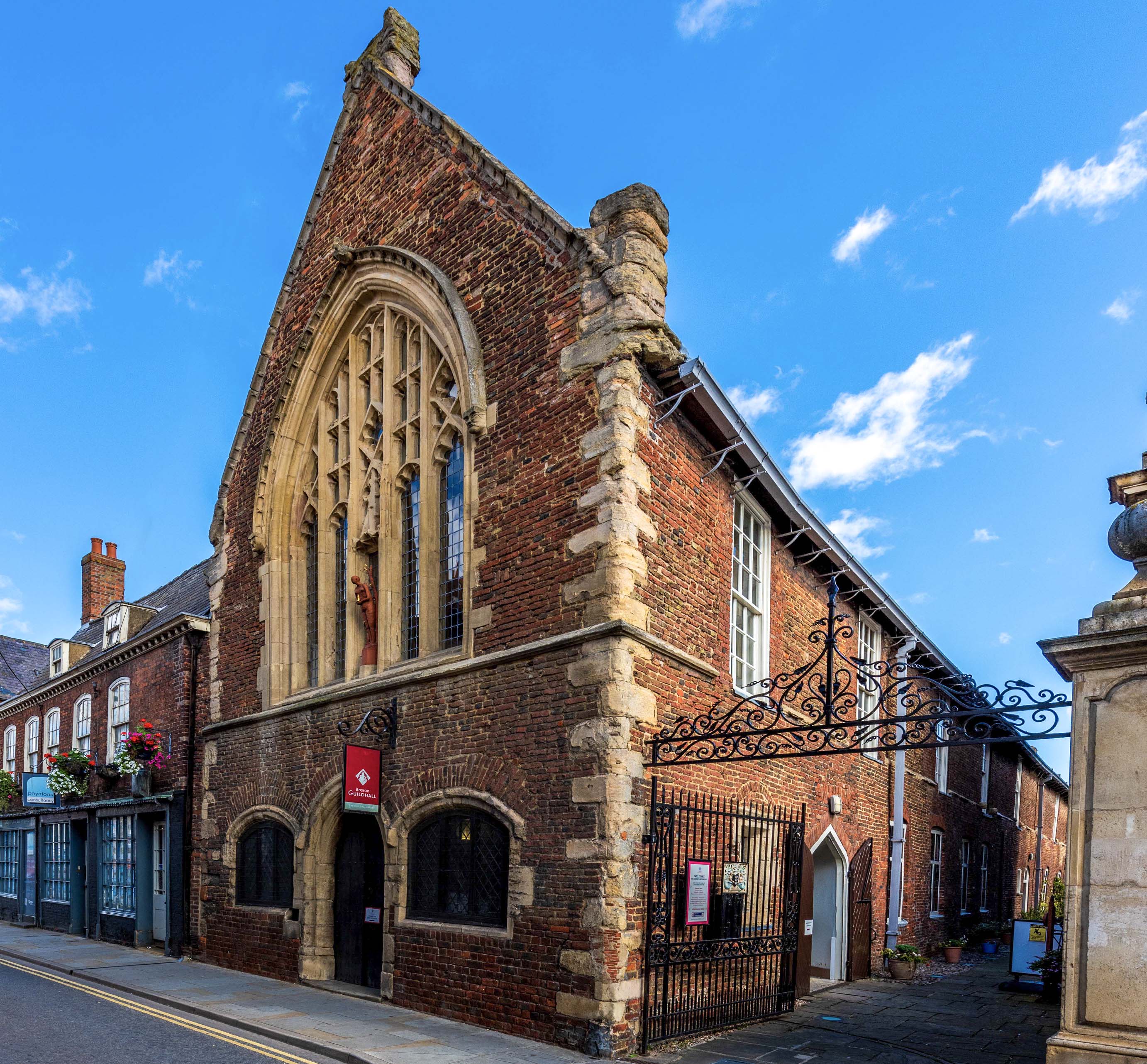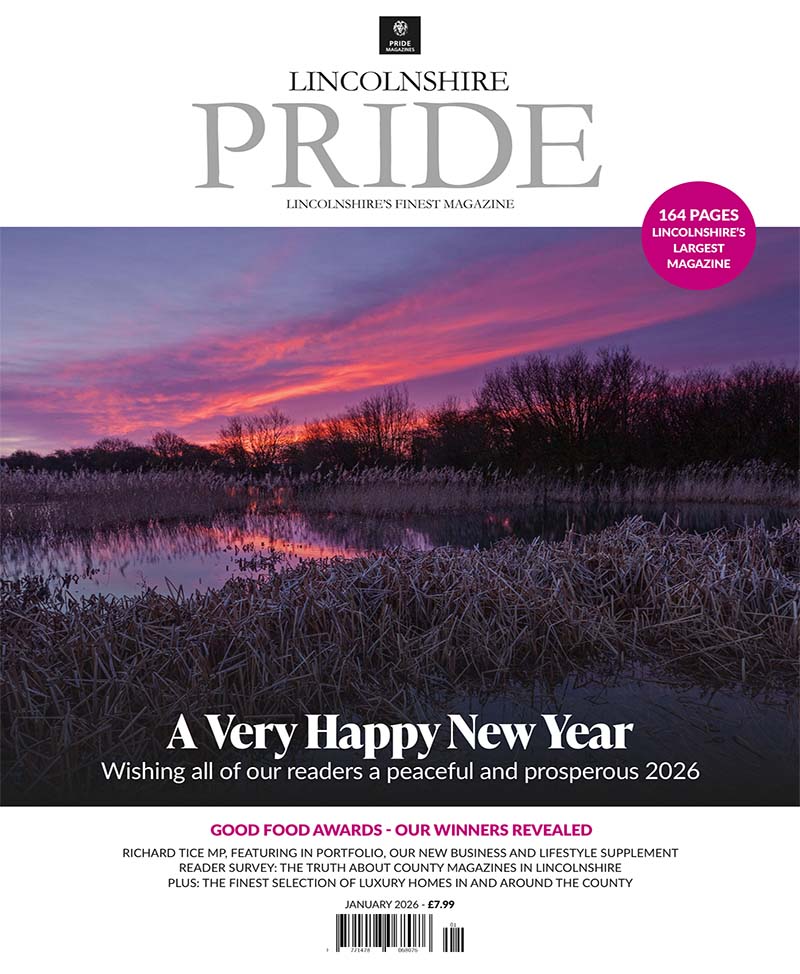
Making a Pilgrimage to Boston
This month we’re celebrating the vibrant, thriving, multicultural town of Boston, a successful market town since the medieval era…

Boston is small and historic… but its legacy is meteoric. Not our words, but the words of 12-year old poet Mohammed Zayan Raja whose recent work, Celebrating Boston, was named the winning poem in a competition judged by the Worshipful Mayor of Boston, Councillor Anne Dorrian.
Mohammed has a point. Boston’s place in history is impossible to overstate, as the place from which the Puritans made their first attempt to flee to religious freedom in 1607. Having been betrayed by the captain of the vessel they were to sail on, imprisoned in Boston’s Guildhall, and tried for unsanctioned immigration, the group was finally freed and made a second bid the following year to travel to America via the Netherlands.
In 1620, the Pilgrims arrived in New England on the Mayflower. It took 66 days at sea for the 102 passengers of the 110ft three-mast ship to reach Plymouth, Massachusetts via Cape Cod Bay, finally reaching their destination on 21st December 1620.
After a not inconsiderable amount of help surviving the harsh winter from the native Wamanoag Indians, the following summer the settlers and natives shared the first thanksgiving dinner together. Today, more than 35,000,000 people can trace their lineage back to the Mayflower Pilgrims.
Ironically, Boston today is known as a destination to which to migrate to rather than one to depart from. From 2002-2022 the town’s population has grown by over 25% and now, the town itself is home to 46,500, the Borough is home to 70,800 and nearly 82,500 work in or around the town.
The census reports that around 13% of Boston residents were born outside of Britain, and today the town’s rich diversity sees Lithuanian, Russian, Latvian, Polish, Bulgarian, Portuguese and several dialects of Romanian commonly spoken in the town in addition to English, not to mention a huge new diversity of culture.
The town is growing… and not just in this respect. On the edge of town the achievements over 12 years of The Boston Woods Trust are really seeing the group successfully branching out.
The group was established in 2001 by Adrian Isaac, very well-known and very well-respected in the town for his role managing the family’s business, Oldrids. Adrian’s intention was to establish a trust which would own and manage areas of woodland for the whole community to enjoy, with three separate areas of woodland. He created Westgate Wood, Jenny’s Wood and the Wildflower Meadow on the 80-acre Sir Joseph Banks Country Park site to the south-west of the town.
The Trust subsequently created Fenside Woods, comprising four sites, and it is currently in the process of planting up the Dion’s Wood Nature Reserve which will open to the public in 2023 and take the total amount of land cared for by the Trust to almost 150 acres.
From the medieval era Boston was one of the main ports of England principally concerned with the exporting of cloth, until the wool industry slumped in the 1400s. With the industrial revolution Boston once again enjoyed increased prosperity, one of the wealthiest and richest towns in the UK by the mid-1800s until, once again, its fortunes evaporated with the emergence of rail transport.
In 1884 William Wheeler built Boston Dock and today it remains of great economic importance to the town. It was also the first dock in the UK to be lit by electricity in 1897.
Today the Port of Boston covers 246km2. It has 18,000m2 of warehousing, storage for 50,000 tonnes of cereals – agri-food is worth £1.5bn to the area – and a rail connection to port’s owner Victoria Group’s steel terminal in the West Midlands, enabling it to handle over a million tonnes of cargo each year… although Grimsby & Immingham remains the UK’s second largest port after London, with about 50 times the throughput of Boston.
The legacy of Boston’s medieval past is spread right across the town, from the retail space Pescod Hall to Shodfriars Hall and the now all-but derelict Hussey Tower – once part of a much larger medieval manor house – still owned by the Borough Council and managed by Heritage Lincolnshire.
Nowhere is the town’s heritage more celebrated, though, than at the northern end of the Market Place where, adjacent to the Witham, is the town’s Grade I listed, 81-metre tall, perpendicular-style church, construction of which commenced from 1309.
Colloquially known as The Stump, St Botolph’s 365 steps to the tower, 52 windows, 12 pillars, 60 steps to the roof and 24 steps to the library correspond to days, weeks and months of the year, minutes in the hour and hours in the day. The church’s 1,200 books and its library are currently undergoing careful restoration, ensuring that future generations can see them online in an electronic archive.
A rather more recent addition to the town for those with an almost as reverential devotion to the town’s National League North football team – Boston United – is its new stadium.
The team itself will celebrate its 90th anniversary in August, and in December 2020, ‘The Pilgrims’ moved to their new home, the Boston Community Stadium, which also incorporates Ellenders, a rather good restaurant.
A regular follower of the team is one of the most reassuring faces from the Pandemic, Professor Sir Jonathan Van Tam, knighted in the summer 2022… after missing his first date for investiture, ironically, due to Covid.
2021 saw Boston secure £21.9m of Town Deal funding, with key projects including the regeneration of Boston’s Market Place and Wide & Strait Bargate shops, as well as the regeneration of 10 acres of town centre space behind West Street.
With a larger population than ever, with regeneration projects and with fresh new housing stock being created all around the town, we reckon that Boston has a brighter future than ever before!







